Shaquille O’Neal is arguably the best center in the history of the NBA and one of the most disruptive players to ever lace up a pair of basketball shoes. He so dominated the sport, he changed how the game was played for almost two decades. His influence was felt all the way until the 3 point revolution, headlined by a guy named Steph Curry, changed everything.
Shaq Shoes: An Ultimate Guide
Latest Shaq Shoe: Shaq Raq
Just in case you didn’t know, the great Shaquille O’Neal not only had a slew of signature shoes with Reebok, but he also currently has his own basketball sneaker brand. We will go over how and why the Shaq brand was created, but a 26-year-old Shaq shockingly decided to cut ties with Reebok and launch his own budget-friendly sneaker brand to be sold at Walmart of all places.
Shaq brand shoes are super affordable but, understandably, they aren’t state-of-the-art performance models, and in many cases they can barely be considered performance models at all. But, in 2024, Shaq launched a new line of performance basketball shoes that changed things up.
The Shaq Raq is part of an elevated collection that includes options such as the Shaq Hall of Fame and Shaq Speed Demon, that offer excellent value without compromising too much on quality. Shaq’s brand has expanded beyond basic Walmart offerings, and the Shaq Raq reflects this shift with better design, performance, and materials compared to the extremely budget-friendly models sold at other discount retailers.
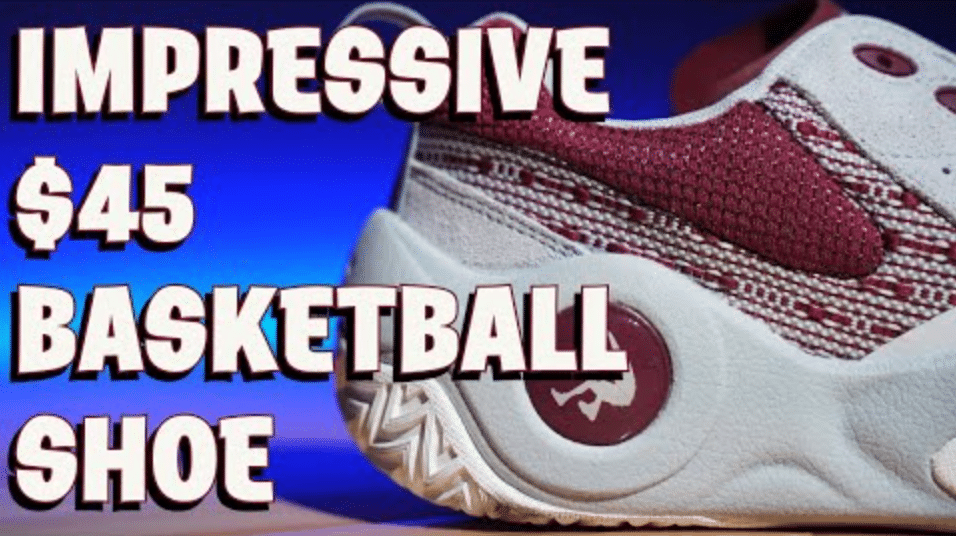
The Shaq Raq, in fact, just might be one of the best bang-for-your-buck performance basketball shoes of all time. We aren’t talking about a rocket ship of a shoe, but it is a very solid on-court performer and retails for just $45. As far as value goes, that’s hard to beat. It offers solid traction, comfortable cushioning, durable materials, and adequate support.
While it lacks some of the high-tech features found in more expensive models, it performs well for players who need an affordable, functional option. The shoe is particularly well-suited for outdoor play due to its durable outsole, but it also performs adequately on indoor courts.
The combination of EVA cushioning and durable materials ensures that the shoe can handle the rigors of basketball without wearing down quickly, even in tougher conditions. For players on a budget or those who need a reliable backup pair of shoes, the Shaq Raq is an excellent option. Read full review.
Shaq Shoes at LSU
Shaq declared his eligibility for the 1992 NBA Draft and teams desperately scrambled to get their hands on the Diesel. He was widely touted as a once-in-a-generation talent and was the prized trophy in the draft. Shaq averaged 21.6 points, 13.5 rebounds, and 4.6 blocks a game over three seasons at LSU, demonstrating jaw-dropping athleticism for a guy his size. Think of a 7’1” Zion Williamson. He was straight-up scary.
https://www.youtube.com/watch?v=NzX2uwOkJII&ab_channel=Dunkman827
During his three years with the Tigers, he wore several different shoes made to handle his enormous frame. He mainly rocked two brands: LA Gear and Nike.
LA Gear was a player in performance basketball in the early ’90s. Stars like Kareem Abdul Jabbar, Karl Malone, and Hakeem Olajuwon were all signed to LA Gear during this time. Shaq strapped on the purple and gold LA Gear KAJ (Kareem Abdul Jabbar) and the Catapult Mailman, both post-player-specific models.
LA Gear Catapult
LA Gear KAJ
Shaq also used the Nike Air Force VI, another beefy model meant for the heaviest of post players.
Nike Air Force VI
Shaquille O'Neal / Nike Air Force VI ✔️ 1991 LSU #SHAQ #ViejaEscuela pic.twitter.com/BoUJEHbbju
— LoveZapas (@LoveZapas) March 7, 2017
NBA teams were not the only ones eager to sign Shaq when he decided to leave LSU. Sneaker brands were all chomping at the bit to sign “the next big thing”.
Shaq shoes: Orlando Magic
Shaq was the number one pick in the 1992 NBA draft, ahead of Alonzo Mourning and Christian Laettner. He went to the lucky Orlando Magic. Shaq was always boisterous and uber-confident in his on-court talents, but he was just as cocky as a businessman. O’Neal knew he was about to blow up, and he wanted to capitalize on it. His one big demand from sneaker brands at the time was that he wanted his own signature shoe. Pretty bold move for a guy who had played zero minutes as a pro.
Ultimately it would come down to Nike and Reebok.
One thing fans may remember about Shaq was his disdain for other big men in the league, showing respect only for the great Hakeem Olajuwon. When Nike signed Alonzo Mourning to a deal before they signed Shaq and refused to offer him his own signature…it’s safe to say that Nike “poked the bear”.
Shaq decided he would show up for his meeting with Nike execs at Nike headquarters dressed head to toe in Reebok gear. “They didn’t escort me out, but the meeting was short,” recalled O’Neal. Obviously, Shaq had publicly put the pressure on Reebok.
Reebok almost dropped the ball, though, when they dissed him during the negotiations. They offered Shaq a three million dollar a year contract for five years. But they told Shaq not to bother looking at it, but to “just sign it!’. Shaq, who had been aware of his marketability since his college days refused. As a student, Shaq trademarked his own logo and had a clear idea of what he wanted from Reebok. He demanded a five million dollar a year contract over 5 years, creative control over his own brand, and the ability to create his own commercials. And that was exactly what he got out of Reebok.
https://www.youtube.com/watch?v=01-vPBqLplg&ab_channel=r32stawka
Reebok Shaq Attaq
The Reebok Shaq Attaq, Shaq’s first signature shoe, was a beast. The shoe was built like a tank. The Shaq Attaq featured a HUGE Graphlite torsional shank, the first use of carbon fiber in a basketball shoe. The Air Jordan 11 is commonly known as the first hoop shoe to feature carbon fiber, but it was actually the Shaq Attaq. They featured the iconic Reebok Pump System in the tongue for fit and a super-smooth leather upper.
The shoe was a commercial success! On the court, Shaq lived up to the hype: he was named the starting center for the Eastern Conference for the 1993 All-Star Game, he received the rookie of the year award, and carried the Magic to the Playoffs, all while averaging a whopping 23.4 ppg, 13.6 rpg, and 3.8 bpg.
The Magic would follow up the success of Shaq’s first year with a blockbuster second year after drafting a versatile guard out of Memphis by the name of Anfernee “Penny” Hardaway, who is also has a legendary sneaker line. Shaq and Penny immediately became one of the more formidable one-two punches in the NBA. They propelled the Magic to the top of the NBA and once again made it to the playoffs. They ultimately fell to the Indiana Pacers in the first round. But, despite the loss, no one was too disappointed. The Magic had all the pieces in place to become a contender in the East and the almighty Bulls would lose their biggest star, Michael Jordan, to retirement. Everything was lining up for the young Magic team.
Shaq had a great individual season again averaging 29 ppg, 13 rpg, and 2.9 bpg. He was again named to the All-Star team. He got his second signature shoe, the Shaq Attaq II, which, after the success of the first Shaq Attaq, was a bit of a letdown.
Reebok Shaq Attaq II
The Shaq Attaq II was, for lack of a better term, meh. The shoe was bland and didn’t feel like a Shaq shoe. It looked nothing like the previous model and had no personality whatsoever.
Reebok Shaq Attaq III
The Shaq Attaq II was such a flop, Reebok dropped the Shaq Attaq III just three months into the regular season.
The Shaq Attaq III wasn’t a huge improvement, but it was at least a more interesting silhouette. The Shaq Attaq III was similar in some ways to the Nike Huarache. It featured an interior bootie, Reebok’s Hexalite cushioning, the famous carbon fiber shank plate, and Reebok’s brand new InstaPump system, that could be re-inflated with an air gun. Wacky.
https://www.youtube.com/watch?v=0cTYV8RmL0g&ab_channel=cvsrrailfan
Shaq wore the Shaq Attaq III that summer as the US took home the Gold during the 1994 FIBA Basketball World Cup in Toronto. Shaq led Dream Team II scoring 18 points and grabbing nine rebounds per game in just 20 minutes of play. The US beat their opponents by an average of 40 points and beat Russia in the finals.
https://www.youtube.com/watch?v=Yr0mVJTlGqc&ab_channel=FIBA-TheBasketballChannel
Reebok Shaq Attaq IV
Going into their third year, the Magic were able to sign a third star, Horace Grant, to the team. He brought a veteran presence to the locker room and great defensive skills. The team was stacked and the Magic would finish first in the Eastern Conference that year.
Shaq kept improving. He would lead the NBA in scoring for the regular season and was again named to the All-Star team and to the 2nd All-NBA team.
The Magic entered the 1994 playoffs with an air of dominance as the new “beast of the East”. They reached the NBA Finals with ease to face the Houston Rockets, led by veterans Hakeem Olajuwon and Clyde “The Glide” Drexler. It was precisely their experience that helped them vanquish the brash Orlando Magic. The Rockets swept the Magic in four games and sent them home frustrated, but with a “maybe next year” feeling. After all, the Magic were young and had a bright future in front of them… right?
Shaq also rocked one of the cooler Shaq models that year, the Shaq Attaq IV. The shoe was more than a high top, it was a super high top. It looked like a hiking boot that could be used on-court. It featured an ankle strap, a synthetic leather upper, and Hexalite cushioning. The shoe also featured Reebok’s InstaPump technology for extra support. But, this time, Reebok went with a small hand pump instead of the airgun cartridges.
https://www.youtube.com/watch?v=ms90SZqsa08&ab_channel=RyanVanDusen
It’s also worth mentioning that this was the year Shaq starred in the movie (Blue Chips), released a rap album (Return of the Shaq Fu) and appeared in one of the best basketball video games ever (Shaq Fu).
https://www.youtube.com/watch?v=S3B2RJ2Z9HA&ab_channel=FandomGameshttps://www.youtube.com/watch?v=Jv_AlRfm998&ab_channel=Movieclipshttps://www.youtube.com/watch?v=1f9IgOjZjn4&ab_channel=ShaqVEVO
Come on… what a guy!
Reebok Shaqnosis
Going into Shaq’s 4th season, everything seemed to be looking good for the Magic. He and Penny were a force to be reckoned with. The Magic were able to keep the core of the team intact and the eastern conference was, at first glance, wide open. Shaq turned in another remarkable season, as did Penny. The Magic racked up 60 plus wins, and everything seemed to be going well…except that it really wasn’t.
During that season, Shaq sported one of his most famous models, if not his most famous model: the Shaqnosis.
This shoe is iconic with a funky hypnotic black/white upper made of split grain leather and synthetic nubuck and this model was a surprisingly great on-court performer as well. They offered great traction, Hexalite cushion in the heel and forefoot, abundant padding that does a great job of keeping the wearer locked into the shoe, and great stability. They get extra awesome points thanks to their Hollywood debut in the 1997 classic, Men in Black.
The Shaqnosis generated an interesting sneaker commercial that debuted during the Super Bowl. It isn’t the greatest commercial ever, but there is a subtle diss to Penny Hardaway towards the end that gives an insight into the disintegrating relationship between the two superstars.
https://www.youtube.com/watch?v=6PL0004P-r8&ab_channel=RyanVanDusen
To make matters worse, Michael Jordan had rejoined the Bulls and led them to one of the greatest regular-season records in the history of the NBA. Over the course of the season, the animosity between Shaq and Penny grew deeper. Everything came to a head when the Bulls swept the Magic in the Eastern Conference Playoffs.
During Shaq’s contract negotiations that summer, a series of miscommunications and unfortunate circumstances left Shaq feeling like the Magic and Penny himself didn’t appreciate him as much as they should. Penny and Shaq were playing for USA Basketball at the time during the 1996 Olympics in Atlanta. Before the games were over, Shaq signed a 7 year, 120 million dollar contract with the Lakers, and the Magic’s title aspirations went up in smoke.
Reebok Preacher
Before heading to LA, Shaq got another signature model with Reebok, the Reebok Preacher. These guys were CHUNKY. They featured a Clarino synthetic upper, a Hexalite midsole, as well as heel and forefoot Hexalite units, and an EVA midsole wrap. They came in two colorways, a black/white version and a white/navy version with a translucent outsole.
https://www.youtube.com/watch?v=C0X9qjVqcTQ&ab_channel=Porkchop
Shaq shoes LA Lakers
Reebok Shaq Dunk Mob
Shaq would get two more signature shoes with Reebok as a Laker. During his first season with the Lakers, Shaq continued his individual dominance, though the team was going through a rebuilding process. Shaq got his usual 26 and 12 and the Lakers made the playoffs with a solid core of players that included Eddie Jones, Nick Van Exel, and a fresh-faced rookie by the name of Kobe Bryant.
That season Shaq wore the successor to the Reebok Preacher, the Reebok Dunk Mob.
The Dunk Mob was a bit more streamlined than the Preacher but featured practically the same set up.
Reebok Shaq Reflection
Shaq’s second season with the Lakers would be his last with Reebok. Shaq and the team would improve, Shaq getting up to 28 and 12 and the Lakers would make the Western Conference finals where they would be swept by Stockton and Malone’s Utah Jazz.
The last Reebok sneaker Shaq rocked on-court was the Reebok Shaq Reflection, one of the few Shaq sneakers that looked like you didn’t have to be 7 feet tall to enjoy them. The shoe featured 3M Scotchlite reflective details, a synthetic upper, suspended lightweight Hexalite cushioning, added ankle support and a CMEVA midsole. Shaq’s on-court version was, of course, an ultra high top.
Reebok Shaq Steel
The Big Fella would get one more signature shoe with Reebok, The Reebok Shaq Steel, undoubtedly named after the classic 1997 film “Steel” starring none other than, you guessed it, Shaq himself.
https://www.youtube.com/watch?v=-bAWWmLfkWo&ab_channel=MovieclipsClassicTrailers
Shaq never wore them on the hardwood though, as he went on to start his own brand, or technically, brands.
Shaq and Dunkman brand (Lakers)
As the story goes, Shaq was wrapping up practice when he was still with the Orlando Magic, when a tearful mother hit him with a tough and quite challenging question.”Why don’t one of you sons of a bitches make an affordable sneaker?” Shaq responded, “I don’t set the prices. That’s Reebok’s job.” He offered her $200 as an apology of sorts to which the woman replied, “I don’t want your damn money!” O’Neal walked away, but the event stuck in his mind.
He decided he was going to release two of his own low-cost sneaker brands: Shaq and Dunkman. The Dunkman would be the brand that Shaq would rock on-court during most of his career as a Laker. O’Neal signed an agreement with a company named ACI International, a Los Angeles distributor and marketer of Chinese-made-footwear. ACI and Warner Brothers Sports financed the operation and the Big Man was in charge of design, promotion, and retail appearances. The shoes, priced under $30, sold 2 million pairs the first year. In 1998, he and Reebok parted ways. About the parting, Shaq said, “Reebok told me I wasn’t selling enough shoes.”
Shaq was convinced he could sell a pricier sneaker by himself. He went into partnership with his former agent and they launched Dunk.net, which sold apparel and shoes online in 2000. It turned out to be perhaps an inauspicious time to launch such a venture. The company folded, as did many other on-line hopefuls, during the infamous dot-com crash of 2000-2002.
In 2001, O’Neal and ACI decided to rebrand Dunk.net as Dunkman and sell them at the discount retailer, Payless Shoes. At this point, the Lakers were in the middle of winning three consecutive NBA titles with Shaq bagging the finals MVP during each playoff run.
After Shaq’s legendary time with the Lakers and Kobe, he would win one more title with the Heat and Dwayne Wade and play for the Suns, Cavs, and Celtics. His stint with the Heat was epic, but on the court, he began to slowly decline as might be expected after such a long career. He never became boring though, putting up highlights and goofs on a nightly basis.
Shaq shoes: Heat, Suns, Cavs and Celtics (Li-Ning)
In 2006, the Shaqster signed with the Chinese brand Li-Ning. He signed a five-year contract with the Chinese shoe company and he would rock them until he retired in 2011. Shaq’s Li-Ning shoes were generally unremarkable, except for the wacky shoe transformers Shaq showed up with every All-Star game and the joints he rocked with the Jabbawockeez.
https://www.youtube.com/watch?v=v_D6GCkt93U&ab_channel=sz9https://www.youtube.com/watch?v=s1rrS44-X-w&ab_channel=NBA
That pretty much does it for our guide to the shoes that Shaq wore throughout his Hall of Fame NBA career.
What did you think? Did we miss anything? Let us know on Twitter.

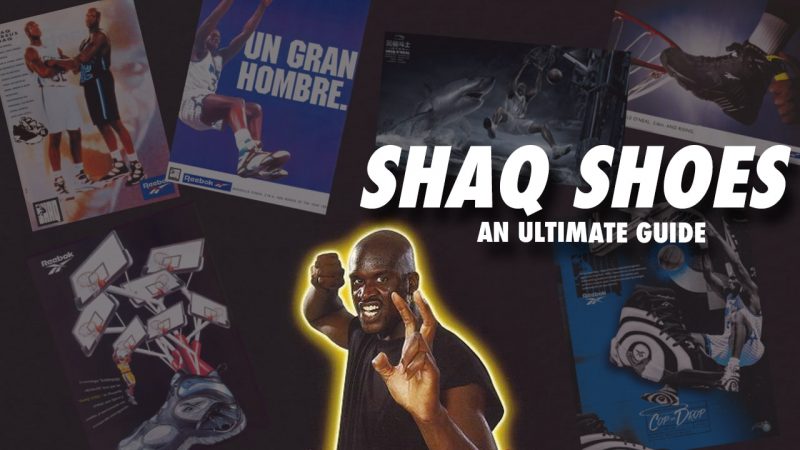
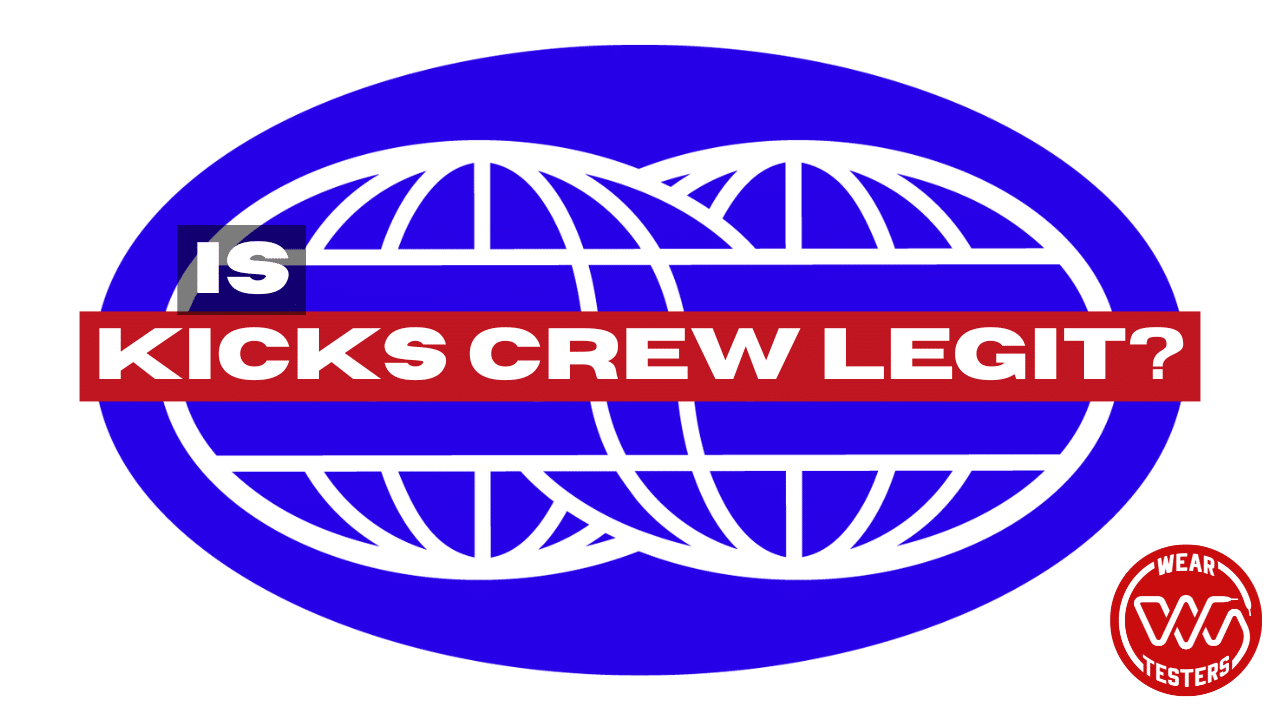
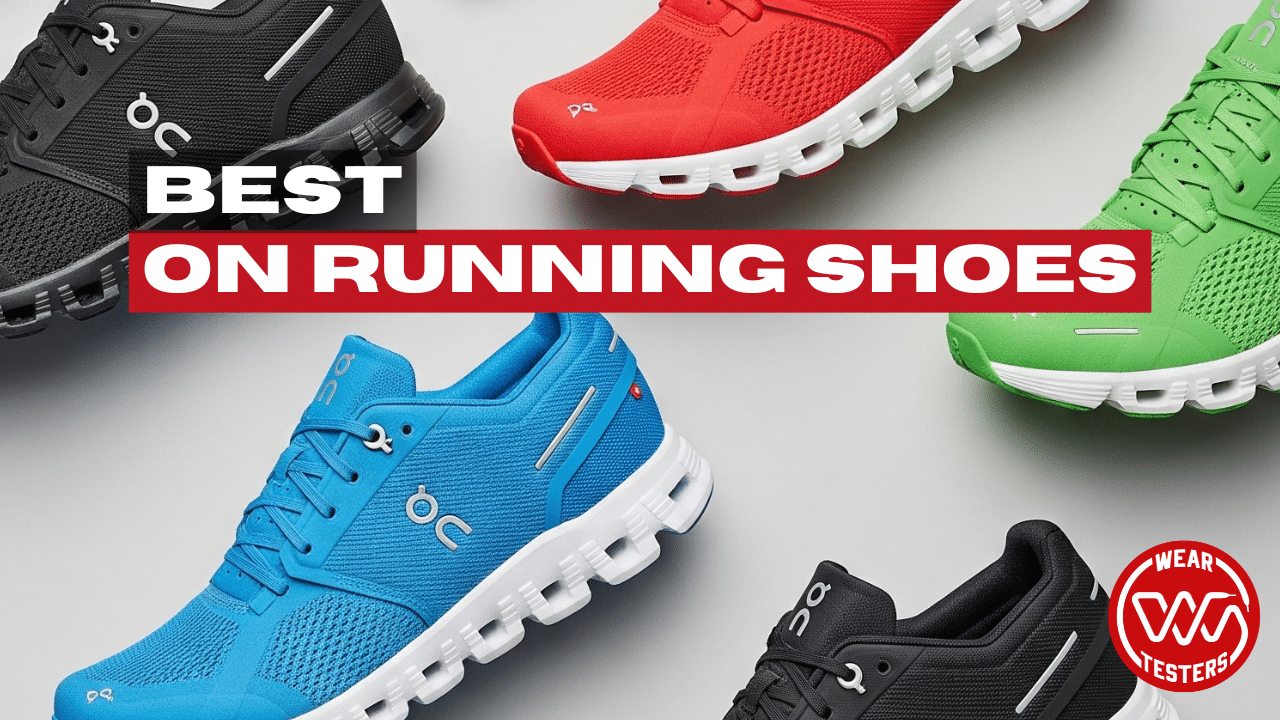
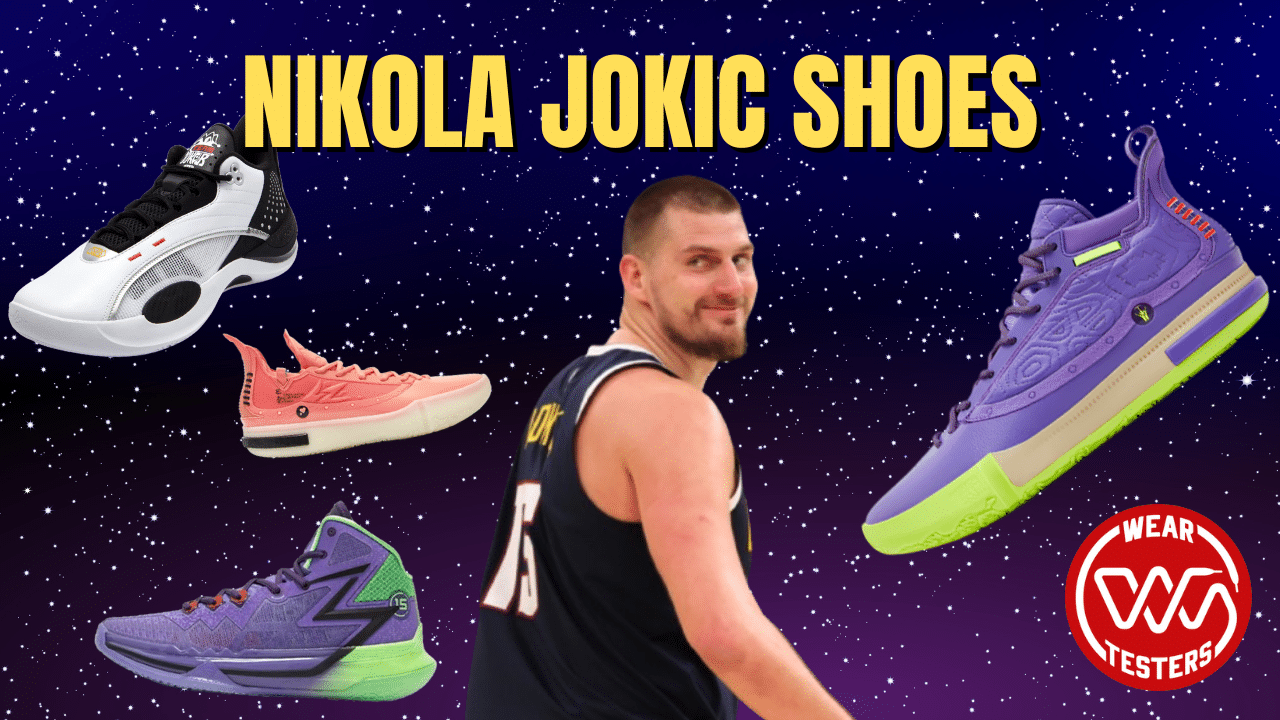
What shoes is Shaq wearing in his new Insurance (The General) commercial?